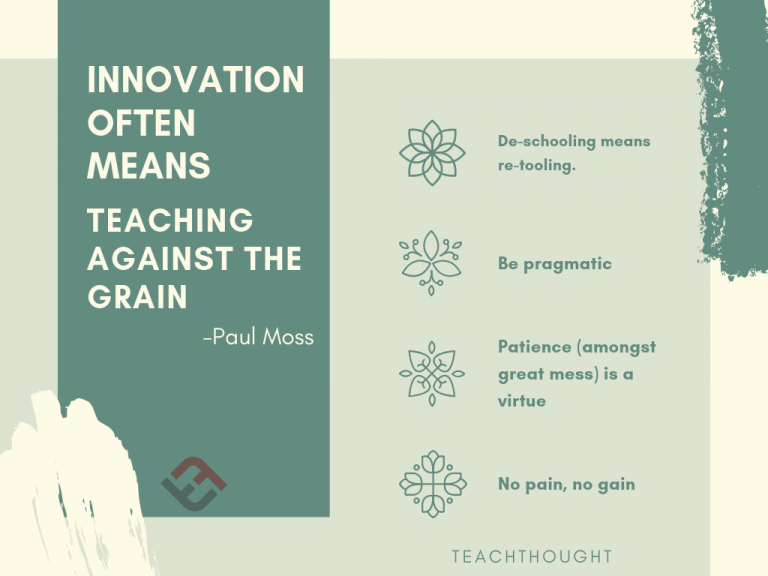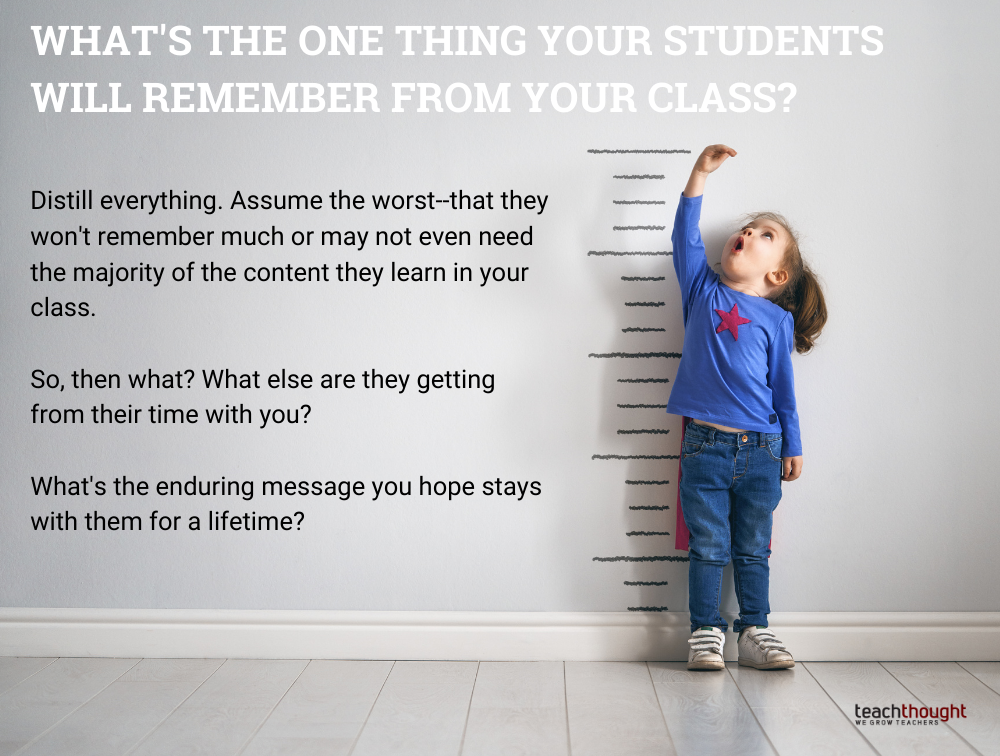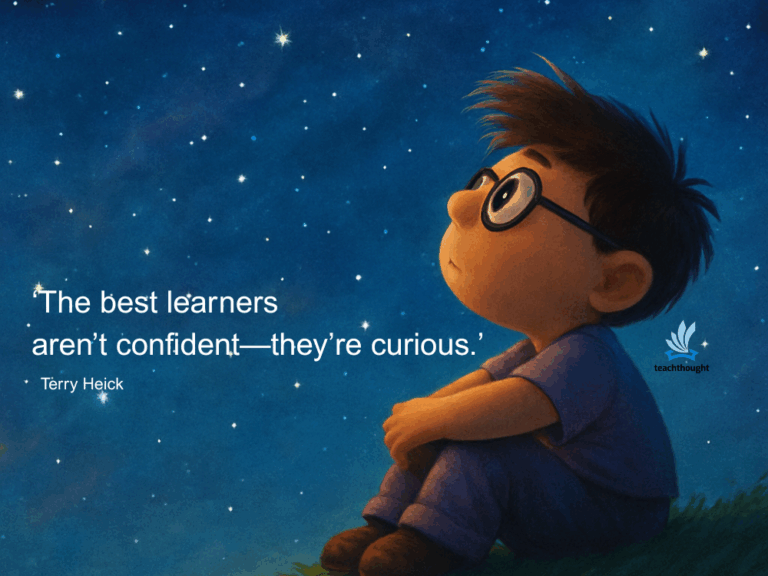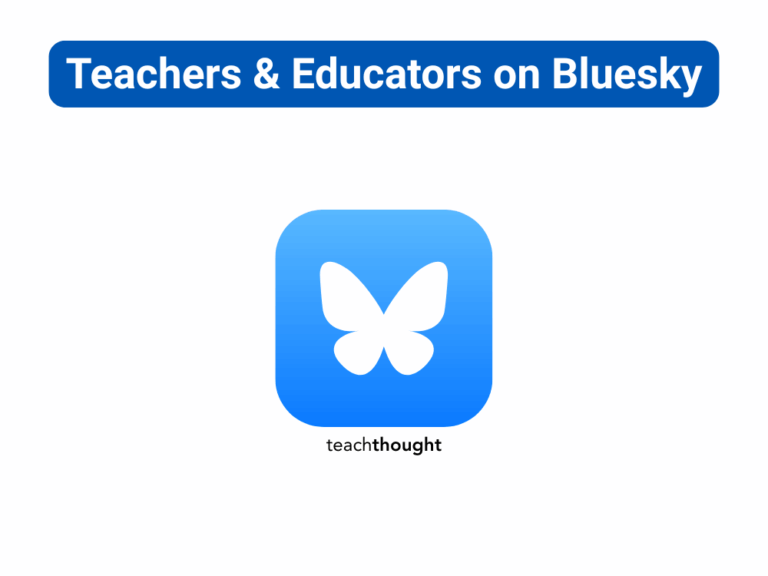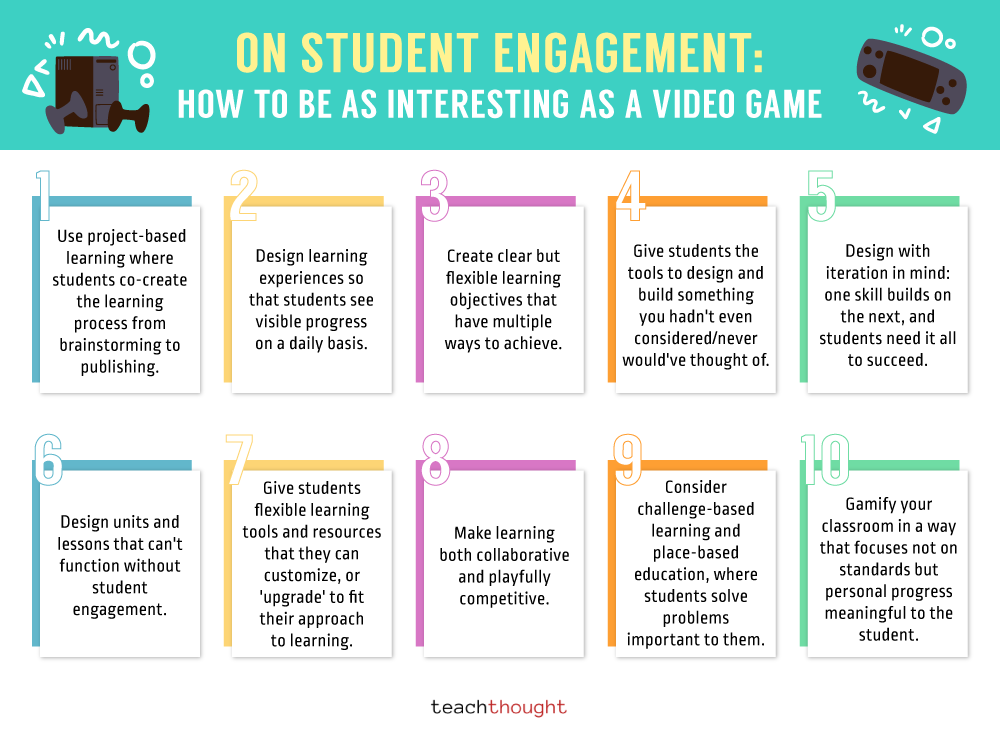
Charter Schools Fight The McDonaldization Of Education
contributed by Lance Izumi, Senior Director of the Center for Education at the Pacific Research Institute
While most traditional public schools continue to adhere to a one-size-fits-all model of curriculum, instruction, and learning, sometimes dubbed the ‘McDonaldization’ of education, public charter schools have the flexibility to implement more individualized learning models that promote curiosity, inquiry, and critical thinking.
In a recent article, Terry Heick observed, “in education as it is, every single student regardless of background, ethnicity, gender, passion, family history, local needs, or familial expertise will study the same thing delivered in similar ways — very much like a kind of academic cafeteria.” Further, he noted, “both the curriculum (what is studied) and the learning and instructional design models (how it is being studied) are designed to be practical: testable, observable, and deliverable to every single student regardless of — well, anything.”
All very true observations, which is why charter schools, which are publicly funded schools independent of school districts and which have greater leeway to innovate, offer an opportunity to buck the McDonaldization of public education.
Take, for example, Design Tech High School, a charter school in Redwood City, California, which is located on the campus of the tech giant Oracle. Founded in 2014, Design Tech says that its educational model “emphasizes knowledge in action and extreme personalization.”
The school, which has a diverse student population selected by lottery, bases its learning program on the four core principles of design thinking: empathy, radical collaboration, building to think, and testing prototypes. Upon these principles, the school says, “we can unleash each person’s creative potential and work in an environment that is engaging and productive for students and staff.”
Rather than having all students march in lockstep, Design Tech’s curriculum meets “students where they are and offer[s] them a personalized approach to learning so that their talents, knowledge, interests and skills are maximized.” The school uses technology to enhance students’ personalized learning experience: “New learning technologies also allow students to interact with content, get instant feedback on their work, and be ‘tutored’ by computer programs.”
In addition to technology, the school delivers instruction through small group learning, blended/online learning, or one-on-one tutoring depending on the need of the student. Personalized learning means that students are more in control of their education. Heick has recommended, “Let students lead. It’s difficult to be curious if the learning is passive and the student doesn’t have any control.”
Design Tech puts Heick’s recommendation into overdrive by allowing students to actually create curriculum and teach classes using that curriculum. I talked to Thomas, an upperclassman at the school, who has both designed curriculum and taught classes. He told me that a new teacher at Design Tech asked him to put together a curriculum for a class that he was going to teach at Stanford University.
“So he and I worked together on developing a curriculum,” he said, “and we actually co-taught it during the Design Lab [at Design Tech].” Design Lab is a course that focuses on designing solutions to concrete real-world problems. Thomas said that through co-teaching, “I really gained a lot of experience with how to teach a class, how to build a curriculum, and the fundamentals of design thinking.”
In addition, Thomas and a friend designed a new curriculum for one of the school’s design courses that addressed their view that the previous curriculum was too structured. I interviewed Thomas while he was teaching a design class. He said that the course he was teaching used the curriculum he had created with some updates:
The intention of the classes is to have as little structure as possible because we want these students to discover their most intuitive approach to design thinking because it is a little bit different for every person. That doesn’t mean that we can’t provide some sort of guidance and initial instruction. So, as we went through, we actually at the end of the March class, we shared the entire lesson plan with all the students in the class and asked them to leave comments, feedback, anything they thought was good, anything they thought could be improved. . . . We got a lot of really valuable feedback from that, and we included a lot of those suggestions and criticism in this new curriculum.
As part of the design-thinking process, students at the school also engage in entrepreneurship, which requires them to not only define a challenge and design a solution, but to then communicate their vision to others. In Design Tech’s entrepreneurship course, the emphasis is on students asking questions, just as Heick has said, “A good question can open minds, shift paradigms, and force the uncomfortable but transformational cognitive dissonance that can help create thinkers.”
One student, Mia, emphasized the need to ask questions about how users will react to her designs and said design thinking is about “creating something you’re passionate about, and it’s also thinking about how the user will like it—really designing something for the user, and not just for yourself.” Another Design Tech student, Cara, says that the design-thinking process is “really centered around empathy.”
“Instead of being prompted with a problem,” she says, “we have to figure out a problem that our users have, so we have to figure out what’s the issue in our community,” which, of course, involves asking great questions.
Also, Cara says, students must do more than just say a problem can be fixed, they must figure out “how we can fix it.” Doing interviews with potential users and doing research is a big part of the process, “and I feel I learned what [users] want and combine it into something I’m passionate about creating.”
Thomas told me, “I was really excited when I came here.” At his previous traditional public middle school he felt restricted by the school’s one-size-fits all methods: “I understood the material very, very easily, and I would always do well on my tests, but the raw amount of unnecessary busy work and unnecessary repetitive actions to practice problems was just so frustrating.”
In contrast, Design Tech is a leader in changing the way we look at how our young people learn and can receive their education. “So everything here at this school,” noted Thomas, “is, in a certain sense, constantly evolving because nothing ever really stays the same.”
“Personally,” he said, “I believe that if students aren’t able to change their brand new, constantly evolving charter school if they can’t make an impact here, how can they personally think that they can make an impact in the world on a larger scale?” Thomas said that at Design Tech he had gained “really valuable and vital communications skills, critical thinking skills, and problem-solving skills.”
“I’m really confident that I will be able to bring those skills and make myself more appealing to employers or to schools when I go out and apply.”
There are many other charter schools that are using their freedom and flexibility to implement out-of-the-box learning models. Charter schools can break the mold of McDonaldized public education. Policymakers should, therefore, look to expand the availability of charters so that more students can have an education that best meets their individual needs.
Lance Izumi is senior director of the Center for Education at the Pacific Research Institute and author of the 2019 book “Choosing Diversity: How Charter Schools Promote Diverse Learning Models and Meet the Diverse Needs of Parents and Children.
